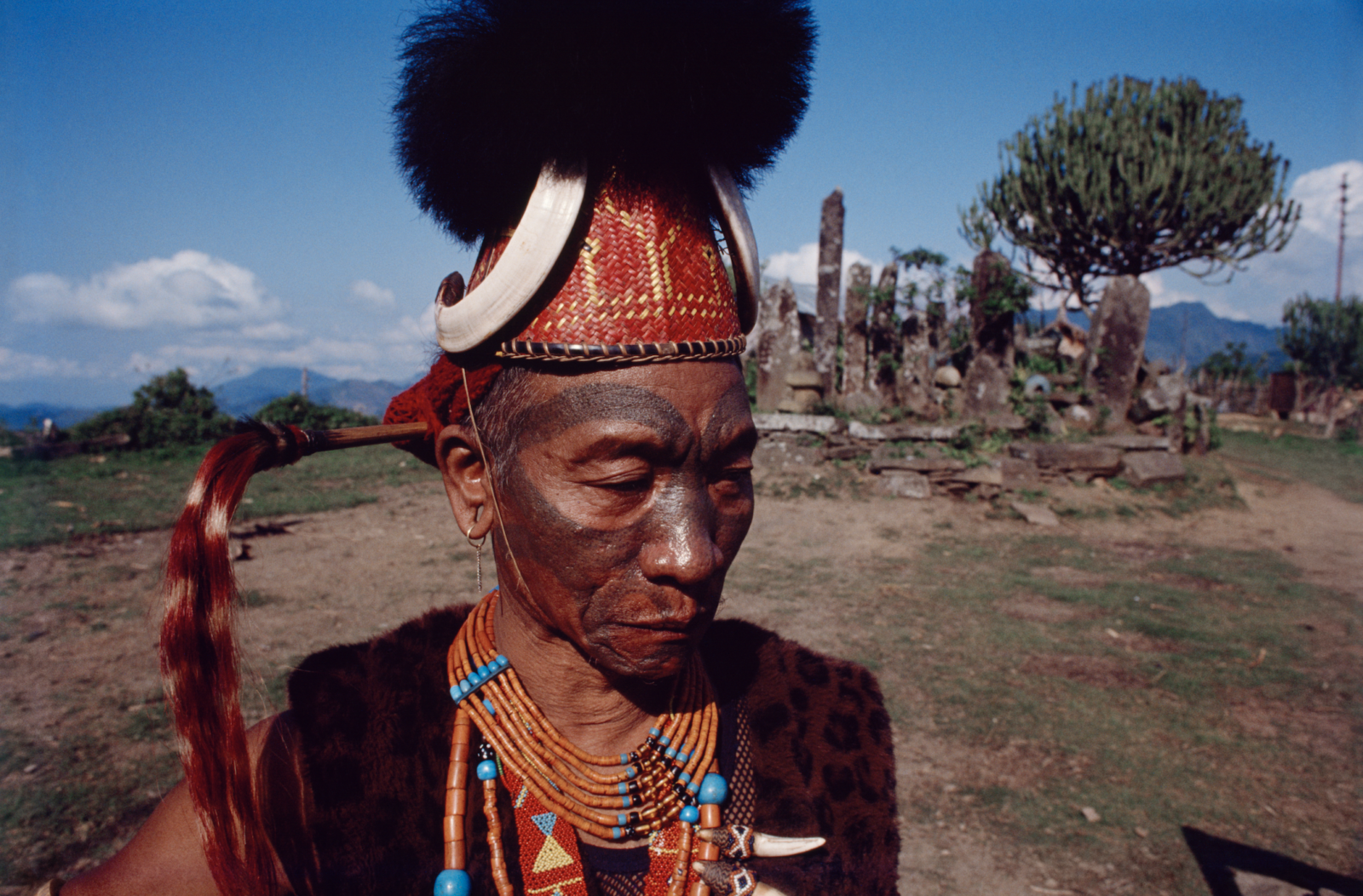Nagas: Hidden Hill People of IndiaPhotographs by Pablo Bartholomew
Rubin Museum
150 W. 17th St., NYC

The Ang of Shangnyu; Shangnyu Village, Mon District, Nagaland, India; 1990; Color digital print
Residing in the low Himalayan hills of northeastern India and Myanmar (Burma), the Nagas are a people faced with both tradition and transition. This very diverse community is divided into a number of tribes and sub-tribes and speaks as many as 30 different languages. In Nagas: Hidden Hill People of India photographer Pablo Bartholomew offers a visual anthropology of these historical headhunters, particularly the preservation of their traditional culture and their interaction with and adoption of Western religion and influence.